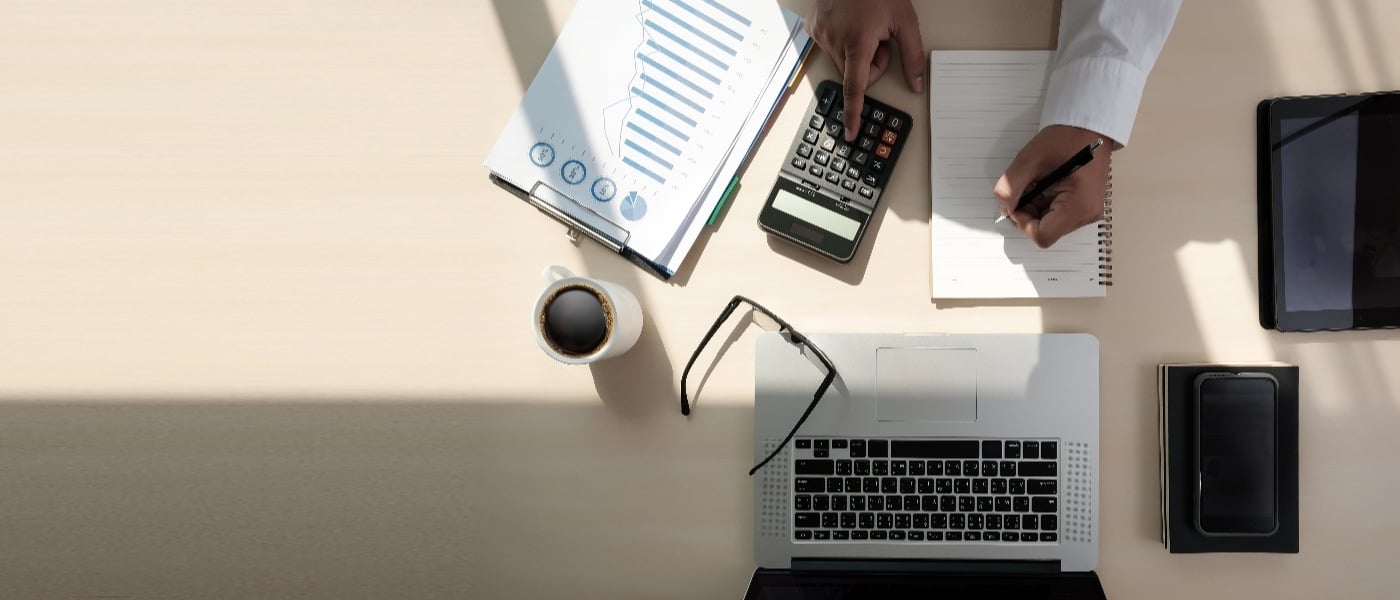As the manufacturing industry continues to accelerate, the introduction and development of new and...
You might already be well-versed in the benefits of metal 3D printing and be aware of its potential, but a crunch point for many businesses is understanding how much metal 3D printing actually costs.
Calculating the cost of 3D printing depends on several factors, which will all vary depending on your individual needs and project requirements. To help you get a better understanding of these cost factors, keep reading to find out more.
- The Technology Used
- The Order Quantity
- The Material Used
- The Complexity of the Parts
- Post-Processing
The Technology Used
There isn’t just one method of metal 3D printing — there are many different technologies all with unique benefits and drawbacks. Four of the most utilised metal 3D printing methods are laser powder bed fusion (LPBF), direct energy deposition (DED), binder jetting (BJT) and metal fused deposition modelling (metal FDM), each of which has differing investment and running costs.
LPBF is the most popular method of metal 3D printing. However, it comes at a price. In terms of equipment, LPBF printers can cost between €0.5-1.5 million, making it an unattainable in-house technology for many small businesses. High equipment costs are also the case for DED and BJT printers, however metal FDM printers tend to be much cheaper, but at the expense of property performance. Parts manufactured using BJT and metal FDM also require post-process debinding and sintering, so the cost of additional equipment must also be considered.
Investment costs are linked to running costs, since equipment depreciation is typically factored into the printing cost. For this reason, parts that are printed using larger or more advanced printing platforms tend to be more expensive.
The ORder Quantity
As with most purchases, the larger the quantity, the higher the costs. This also applies to metal 3D printing spare parts.
If you need to produce a large quantity of parts with a relatively simple design, then traditional manufacturing methods can be a cheaper option. This is because methods such as injection moulding or CNC machining are better at leveraging economies of scale than 3D printing.
However, if a production batch consists of parts with multiple designs or if the parts are extremely complex in nature, then metal 3D printing can be an extremely cost effective method for producing even large quantities.
Read more: A Brief Guide to the Metal 3D Printing of Spare Parts
The Material Used
The type of material used to produce the 3D printed parts will substantially impact the overall cost of the project. Some materials have superior mechanical properties compared to others, which is reflected in the cost.
Titanium, stainless steel, cobalt-chrome and different alloys are typical materials used to produce metal 3D printed parts. Titanium and nickel based alloys, such as Inconel tend to be the most expensive materials.
Below is a table showing the average costs of metal 3D printing materials, as of 2021.
|
Material |
Price estimate per kg |
|
AISi10Mg aluminium alloy |
$98 |
|
AISi7 aluminium alloy |
$94 |
|
316-L stainless steel |
$88 |
|
17-4 PH stainless steel |
$78 |
|
Maraging steel |
$133 |
|
Ti-6AI-4V titanium alloy |
$363 |
|
Pure Grade 2 titanium |
$363 |
|
Inconel 718 |
$145 |
|
Inconel 625 |
$145 |
Source: Olaf Diegel via 2021 Wohlers Report
In addition to this, the build rate – and therefore printing cost – can vary depending on the materials used. This is because materials with higher melting points require greater levels of exposure to the heat source, which in turn means longer printing times and higher operating costs.
The Complexity of the PArts
One of the core benefits of metal 3D printing is it can be used to produce highly complex geometries, usually quickly and easily. While metal 3D printing is generally more cost-efficient than traditional methods for creating these types of parts, increased complexity can still impact the cost.
For instance, more complex parts generally require slower build rates, increasing print time and operating costs. Complex parts may also require more support structures, which will increase the amount of material needed and the time taken for post-processing.
Post-Processing
Some technologies require more post-process operations than others, meaning higher costs. Typical post-process operations include machining, sintering or surface treatments.
LPBF printed parts normally require less post-process machining, since parts are printed with high resolution and support structures can be removed with hand tools. However, features with very tight dimensional tolerances or fine surface finishes can be difficult to achieve with printing alone and therefore need post-process machining.
In contrast, parts produced using DED have much poorer resolution, as the method deposits material in thicker layers. This means far more post-process machining is required, which pushes up the overall cost of the part.
So, What Affects the Cost?
When it comes to calculating the cost of 3D printed parts, several variables have to be considered. As discussed, the technology used, order quantity, materials, complexity and post-processing all directly impact the cost of a project.
To make sure you’re getting the most out of metal 3D printing and maximising your return on investment, it’s important to work with an experienced metal 3D printing partner who understands the technology and end-to-end process. They’ll be able to help you identify the best use cases and advise you on ways to improve manufacturability and reduce production costs.
Explore the World of Metal 3D Printing in More Detail
Feel like metal 3D printing could work for you? Or do you want to explore the technologies in more detail? We have the guide for you. Take a deeper dive into the world of metal 3D printing and download your copy by clicking on the link below.



